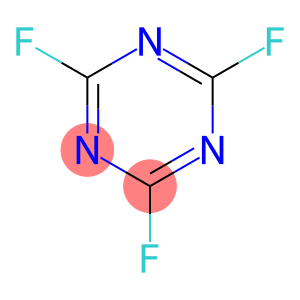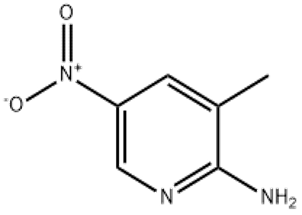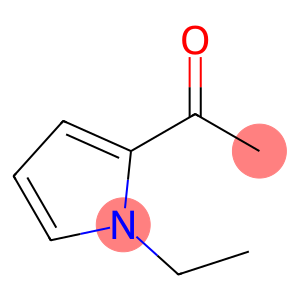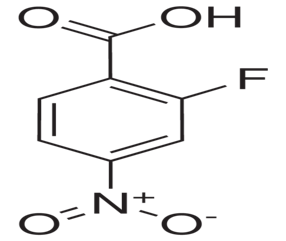2-Amino-3-nitro-6-picoline(CAS# 21901-29-1)
| Risk Codes | R36/37/38 – Irritating to eyes, respiratory system and skin. R20/21/22 – Harmful by inhalation, in contact with skin and if swallowed. |
| Safety Description | S36/37/39 – Wear suitable protective clothing, gloves and eye/face protection. S26 – In case of contact with eyes, rinse immediately with plenty of water and seek medical advice. S22 – Do not breathe dust. S36 – Wear suitable protective clothing. |
| WGK Germany | 3 |
| HS Code | 29333990 |
| Hazard Note | Irritant |
Introduction
6-Amino-5-nitro-2-picoline(6-Amino-5-nitro-2-picoline) is an organic compound with the following properties:
1. Appearance: 6-Amino-5-nitro-2-picoline is a white to light yellow solid.
2. Chemical properties: it is more stable in the solvent, but may react under strong alkali and acidic conditions. It is soluble in many organic solvents, such as alcohols, ethers and acetic acid.
3. Use: 6-Amino-5-nitro-2-picoline is commonly used as an intermediate in organic synthesis, for the synthesis of other organic compounds. It can also be used as a raw material for the manufacture of dyes and pigments.
The method of preparing 6-Amino-5-nitro-2-picoline is usually achieved by a chemical reaction of 2-picoline. A typical synthetic method is the reaction of 2-methylpyridine with nitric acid and nitrous acid. The specific synthesis process needs to be carried out under appropriate experimental conditions.
Regarding safety information, 6-Amino-5-nitro-2-picoline has a certain degree of safety under normal operating conditions. However, proper laboratory procedures and personal protective measures must be followed when handling chemicals. This includes wearing appropriate personal protective equipment such as lab gloves, glasses and lab coats. In addition, the compound should be stored in a dry, well-ventilated place, and avoid contact with strong acids, strong bases and flammable substances. When handling the compound, ensure that the relevant safe operating instructions are followed to ensure the safety of people and the environment.








